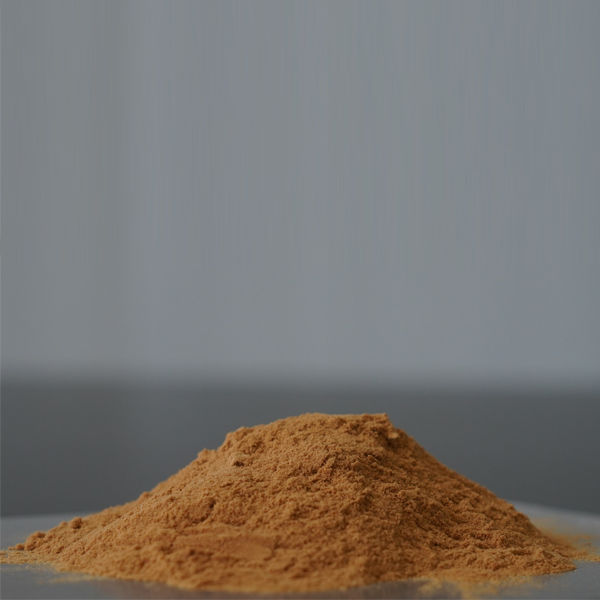
News
Nov . 09, 2024 01:31 Back to list
OEM Disodium EDTA Chelating Solution for Enhanced Metal Ion Stability and Performance
Disodium EDTA The Versatile Chelating Agent
Disodium ethylenediaminetetraacetic acid, commonly known as disodium EDTA, is a highly effective chelating agent widely used across various industries due to its ability to bind metal ions. This property makes it an invaluable component in applications ranging from pharmaceuticals to agriculture. Understanding the characteristics, uses, and benefits of disodium EDTA can provide insight into its importance in modern chemistry and industry.
What is Disodium EDTA?
Disodium EDTA is a salt form of EDTA that features two sodium ions, making it soluble in water. This compound has a chemical formula of C10H14N2Na2O8 and is often represented as its dihydrate, which forms colorless crystals. The chelating action of disodium EDTA stems from its four carboxylic acid groups and two amine groups, which allow it to effectively form stable complexes with metal ions such as lead, cadmium, calcium, and magnesium.
Mechanism of Action
The process of chelation involves the binding of a metal ion to the chelating agent, resulting in the formation of a stable ring structure that reduces the reactivity of the metal ion. In the case of disodium EDTA, this binding often leads to increased solubility and reduced toxicity of the metal ions. The stability of the disodium EDTA-metal complex enables its use in various aqueous environments, making it a preferred choice in many applications.
Applications of Disodium EDTA
1. Pharmaceuticals Disodium EDTA is utilized in pharmaceuticals primarily as a preservative and stabilizing agent. Its ability to chelate metal ions protects drug formulations from degradation caused by metal-induced reactions, thus prolonging shelf life. Additionally, it plays a critical role in the detoxification of heavy metals in the body, particularly in cases of lead poisoning.
oem disodium edta chelating agent

2. Food Industry In food processing, disodium EDTA functions as a preservative to maintain color and flavor by preventing oxidative reactions. It helps to preserve the quality of fatty foods, sauces, and canned products by chelating trace metals that catalyze spoilage.
3. Cosmetics and Personal Care Disodium EDTA is commonly found in cosmetic products, where it enhances stability by binding with metals that could otherwise cause product degradation. It is used in shampoos, conditioners, and lotions to improve product performance and shelf life.
4. Agriculture In agricultural applications, disodium EDTA is crucial for the chelation of micronutrients, facilitating their solubility and availability to plants. This enhances nutrient absorption, promoting healthier growth and yield in crops.
5. Water Treatment Disodium EDTA is also applied in water treatment processes to remove harmful metal ions from water supplies. Its ability to form stable complexes with heavy metals allows for efficient removal and reduces the risk of toxicity to aquatic life and humans.
Benefits of Disodium EDTA
The utility of disodium EDTA offers several advantages - Enhanced Stability By binding metal ions, disodium EDTA increases the stability and efficacy of various formulations. - Safety With a well-established safety profile, disodium EDTA is considered safe for use in food and personal care products when used within regulated limits. - Versatility Its broad range of applications across different industries makes it a go-to chelating agent for manufacturers and formulators.
Conclusion
Disodium EDTA stands out as a powerful chelating agent that plays an essential role in numerous applications. From improving the stability of pharmaceuticals and cosmetics to enhancing nutrient availability in agriculture, its versatility is unmatched. As industries continue to seek safer, more effective solutions, the demand for disodium EDTA and its derivatives is likely to grow. Understanding its properties and applications will continue to be crucial for professionals working in chemistry, food science, and environmental management.
-
Polyaspartic Acid Salts in Agricultural Fertilizers: A Sustainable Solution
NewsJul.21,2025
-
OEM Chelating Agent Preservative Supplier & Manufacturer High-Quality Customized Solutions
NewsJul.08,2025
-
OEM Potassium Chelating Agent Manufacturer - Custom Potassium Oxalate & Citrate Solutions
NewsJul.08,2025
-
OEM Pentasodium DTPA Chelating Agent Supplier & Manufacturer High Purity & Cost-Effective Solutions
NewsJul.08,2025
-
High-Efficiency Chelated Trace Elements Fertilizer Bulk Supplier & Manufacturer Quotes
NewsJul.07,2025
-
High Quality K Formation for a Chelating Agent – Reliable Manufacturer & Supplier
NewsJul.07,2025
